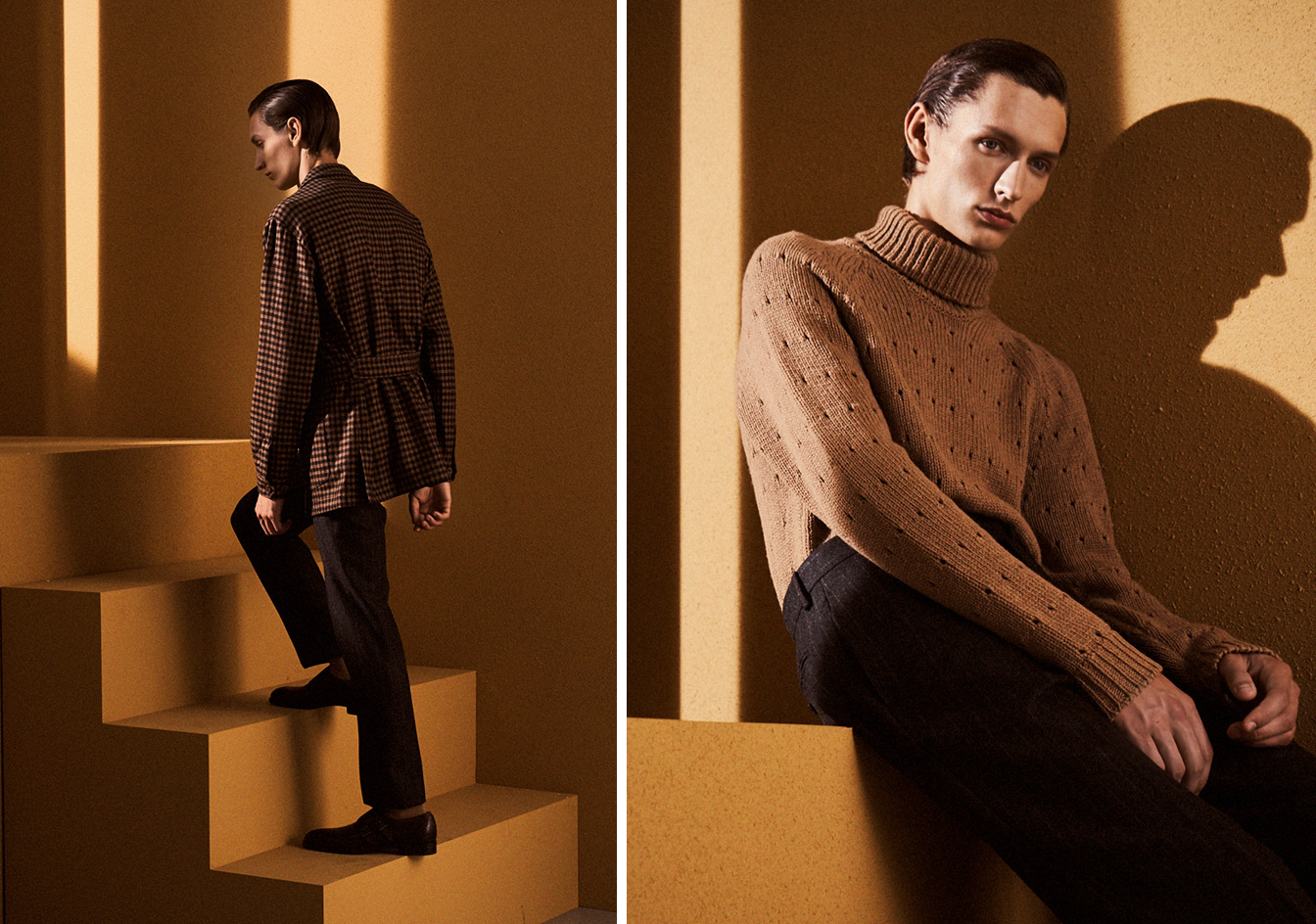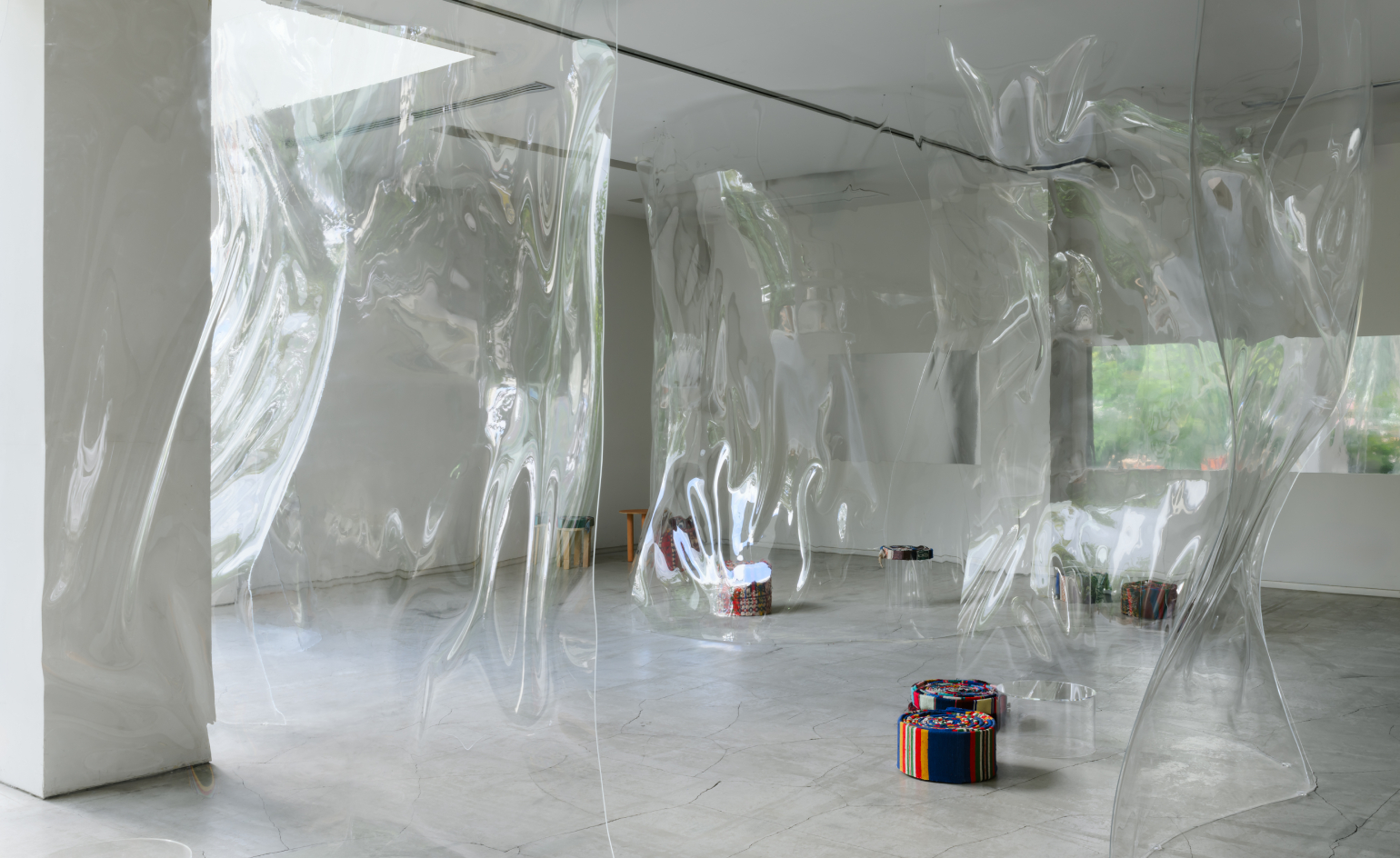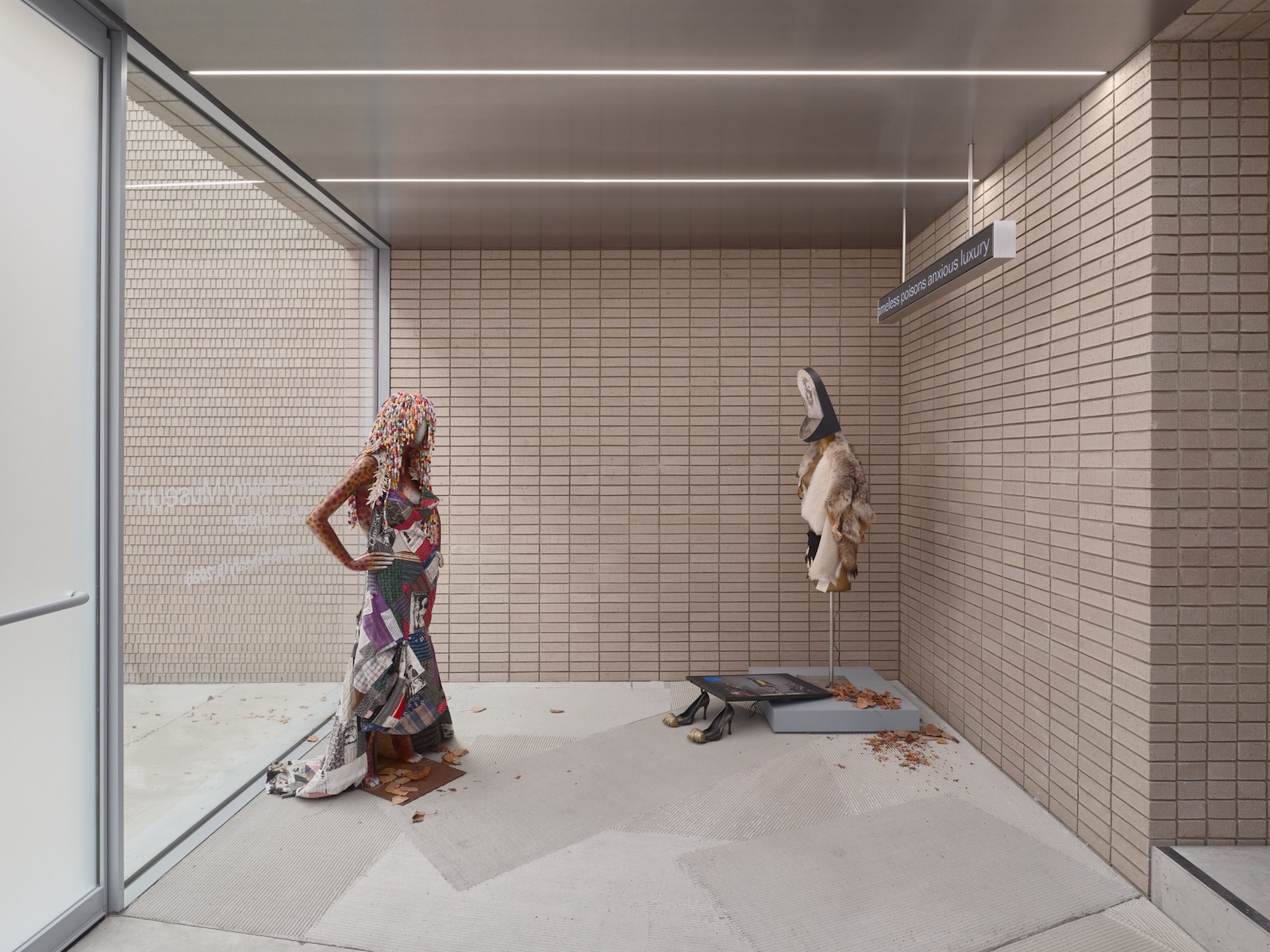Desert gold: Caruso turns camel yarn into tailoring treasure

While most of the world’s tailoring brands are investing in cutting-edge technologies to innovate their suiting selections, Caruso has teamed up with fibre experts Loro Piana to harness one of the oldest natural yarn sources: the Camelus bactrianus, otherwise known as the two-humped camel. These Gobi Desert nomads, who helped define the Silk Road, in the process earning them the moniker ‘ships of the desert’, have long been recognised for the golden hues and thermostatic properties of their coats, attuned to their Mongolian environs.
The Italian brand’s resulting ‘Gobigold’ yarn brings new lustre to the term ‘camel coat’, originally worn by polo players between chukkas. With thanks to Loro Piana’s spinning expertise, the rare fibre, which is sometimes mixed with Super 170’s merino wool, has been used to weave cashmere-soft flannel suiting, jumpers and coats for A/W16. As for the animals themselves, they are free to roam in the wild, but are regularly fed and sheared by the textile giant.
Originally featured in the October 2016 issue of Wallpaper* (*211)

With thanks to Loro Piana’s spinning expertise, the rare fibre has been used to weave cashmere-soft flannel suiting, jumpers and coats for A/W16. Pictured left: Jacket (part of a suit), £1,580; tie, £80, both by Caruso. Pictured right: Jumper, £720; trousers (part of a suit), £1,580, both by Caruso
INFORMATION
For more information, visit the Caruso website
Photography: Chad Picard
Fashion: Jason Hughes
Receive our daily digest of inspiration, escapism and design stories from around the world direct to your inbox.
-
 How Ichio Matsuzawa designed the almost-invisible bar defining Art Week Tokyo 2025
How Ichio Matsuzawa designed the almost-invisible bar defining Art Week Tokyo 2025During the art fair’s latest instalment, Wallpaper* met the Japanese architect to explore architecture as sensation, not structure
-
 The story behind rebellious New York fashion label-cum-art collective, Women’s History Museum
The story behind rebellious New York fashion label-cum-art collective, Women’s History MuseumMattie Barringer and Amanda McGowan’s multidisciplinary label has been challenging fashion’s status quo for the past decade. As they open a new exhibition at Amant, Brooklyn, the pair sit down with Wallpaper* to discuss their provocative approach
-
 Mark+Fold Turns 10 with first Shoreditch pop-up
Mark+Fold Turns 10 with first Shoreditch pop-upBritish stationery brand Mark+Fold celebrates ten years in business with a Brick Lane pop-up featuring new products, small-batch editions and conversations with creatives